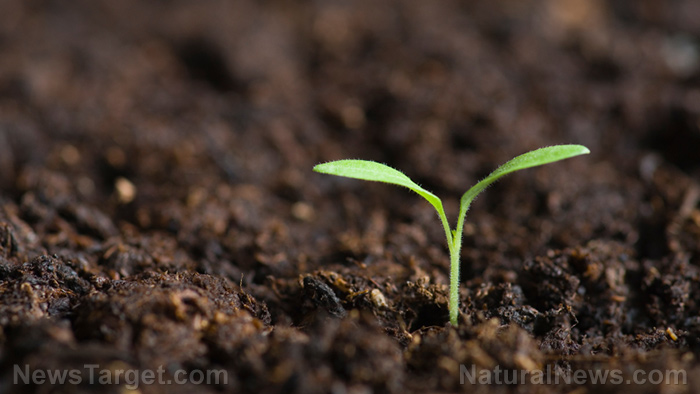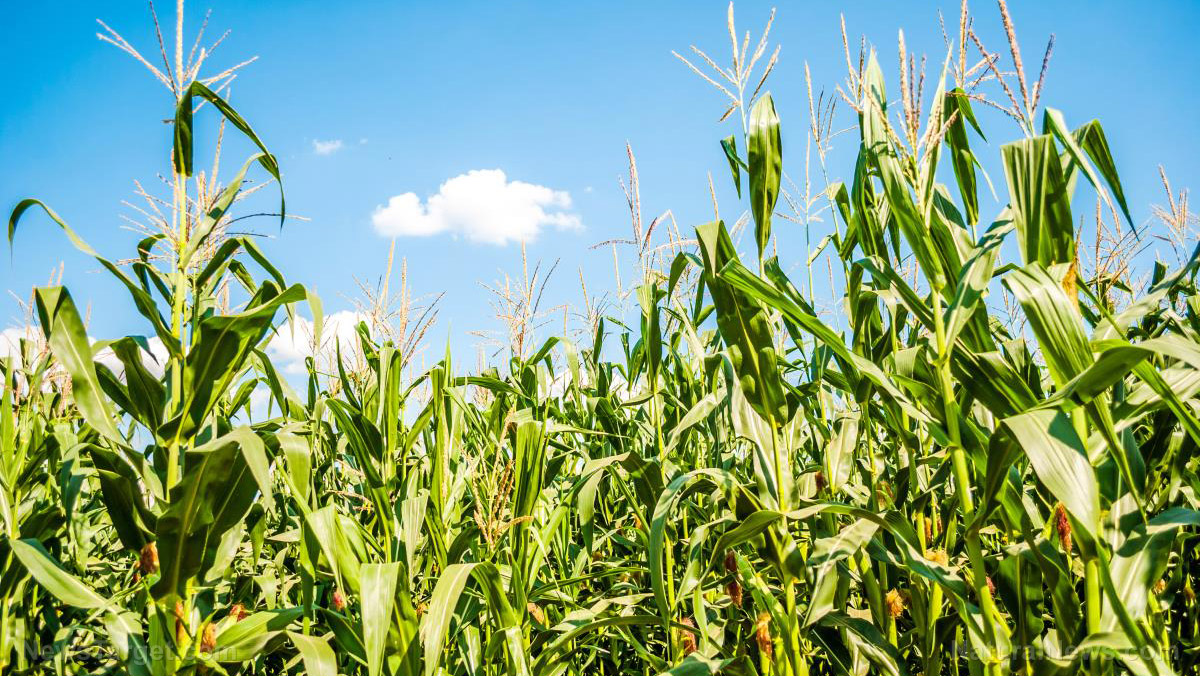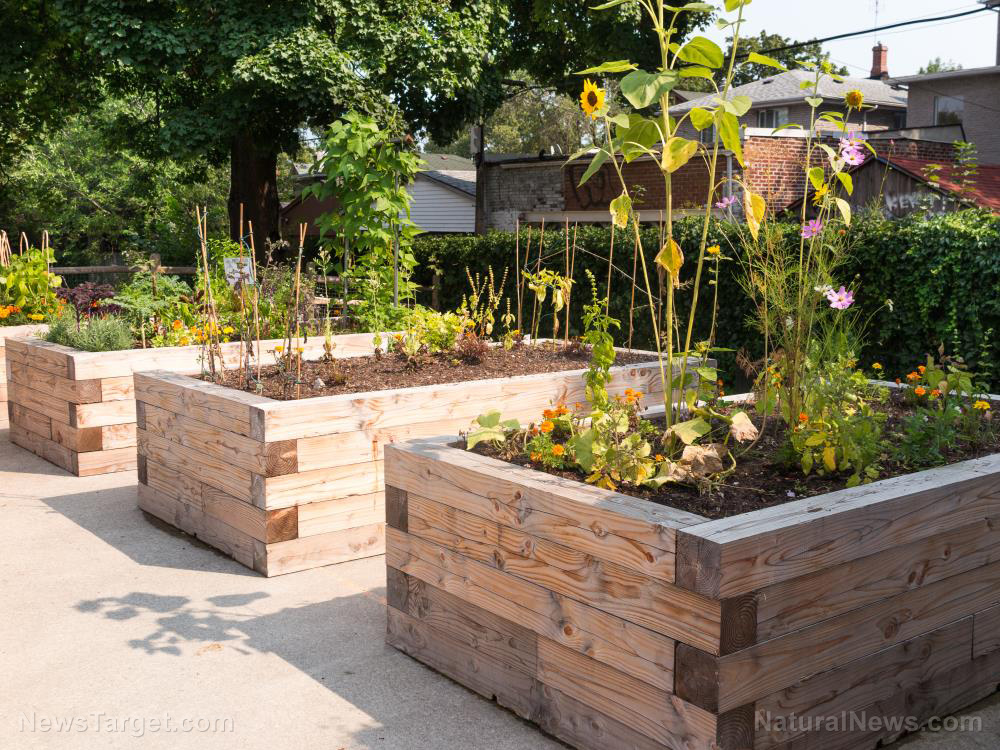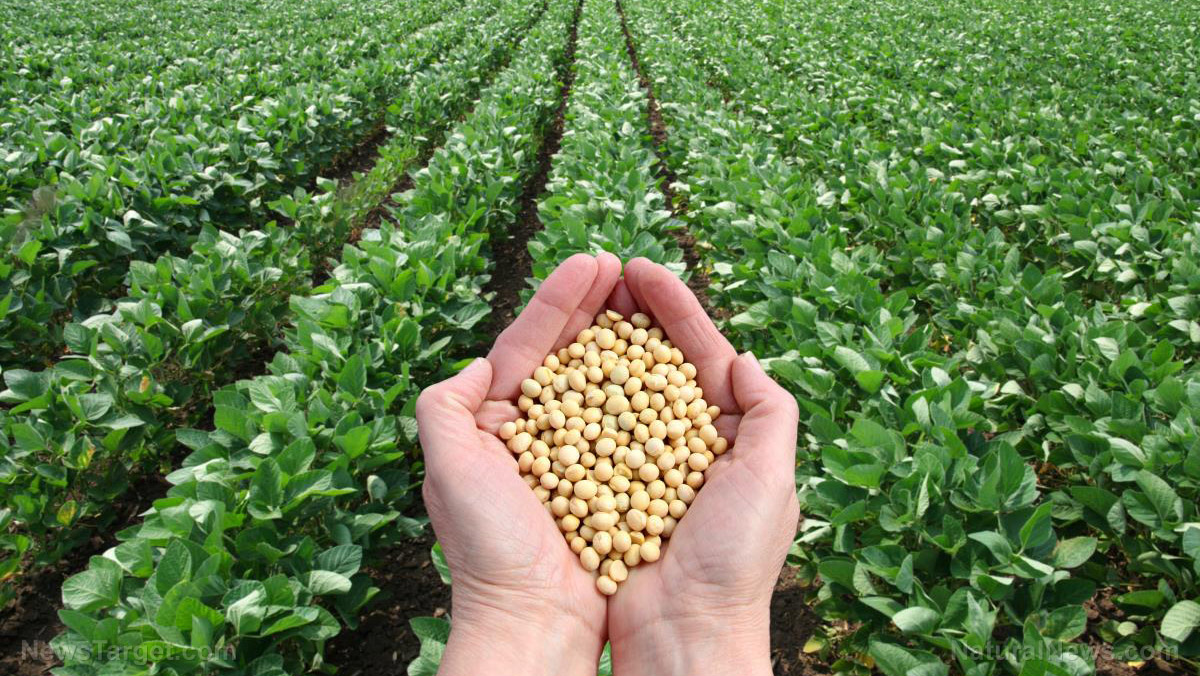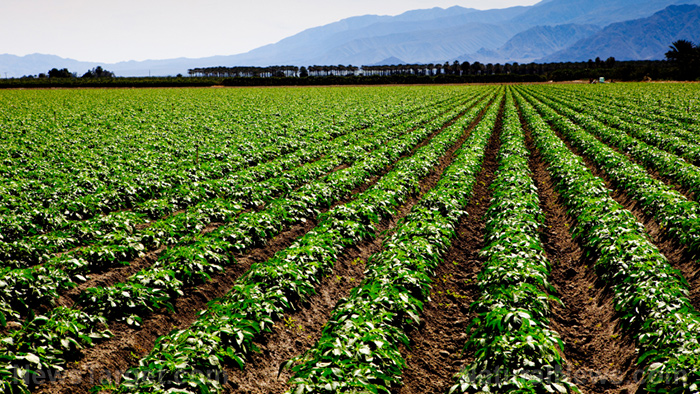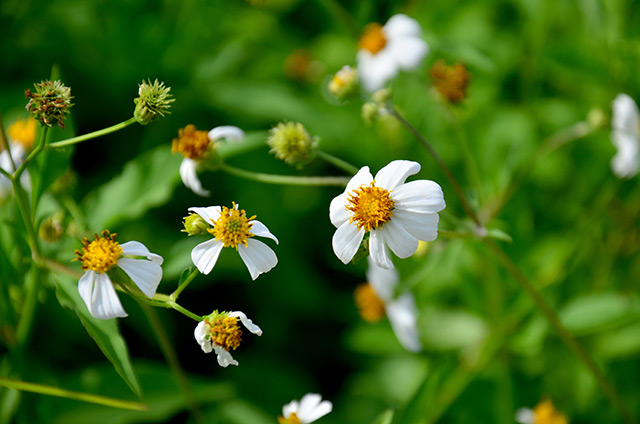Timeless seed storage tips to keep you organized and ready for spring
02/17/2019 / By Tracey Watson

It’s spring, and green-thumbed gardeners across the country are itching to get planting again. For those who systematically saved and organized their seeds last year, this is an exciting time. If, on the other hand, you were not able to set up a seed storage system in the past, why not plan now to get a system in place this year?
For those who did save their seeds last year, the first important step is to see which of them will still germinate. Seeds usually have a three-year shelf life, but some seeds just won’t germinate after having been stored, and if you don’t take the time to check, you could end up very frustrated when nothing pops up out of the ground in the next few months.
To determine the germination rate accurately, layer a few paper towels and make sure they’re thoroughly moist, perhaps using a spray bottle. Space out about 10 seeds of one type on top of the paper towels, then fold them altogether and place in a sealed bag. Repeat for each different type of seed. Keep the bags in a bright and sunny spot, but keep checking to make sure the paper towels stay moist. Based on the instructions on the seed packet, determine after the correct amount of time has elapsed, how many seeds have germinated. If eight or nine have sprouted you know you can successfully plant the rest of the seeds in the packet, but if only one or two sprout, it’s best to avoid frustration by buying new seeds.
Now, imagine you’ve successfully grown plants and veggies from those seeds, and now it’s time to collect and store seeds for next year’s harvest. The first and most important thing to remember about storing seeds is that it has to be done in an area that’s cool, dark and dry. Remember, plants need light, water and warmth to germinate, so for storage purposes, you need to provide exactly the opposite. A refrigerator can provide the perfect environment for your seeds, but you need to keep them out of the freezer section or they will get damaged. If you do choose to keep your seeds in the fridge, remember that you will have to keep them sealed and let them warm to room temperature before planting.
Another useful tip is to allow seeds to ripen and mature on the plant before collecting them. You can store any open-pollinated or heirloom seed-type, but won’t be able to keep genetically modified seeds (which is fine, because you shouldn’t be planting those, anyway).
You also need to let your seeds air-dry on a paper towel or section of newspaper for about a week before saving them, so don’t take them and stick them in a container immediately after collection. Remember to write the type of seed on each different paper towel or piece of newspaper so you don’t mix them up.
Once your seeds have dried, you can slip each kind into separate little packets or envelopes, carefully labeled. You will need to keep the packets in an airtight container. An extra step to ensure no moisture gets into the packets is to wrap two tablespoons of powdered milk in a tissue and slip that into the jar along with the seed packets. You will need to replace this every six months.
While you might think that you will remember exactly what’s going on with all your seeds, when a year has passed it could be really confusing, so a seed storage organization system is important. (Related: Drying and Storing Seeds: Next Planting Season.)
At the very least, you could write up a simple list of which seeds you’ve stored and when they should be planted and keep that in the container with the seeds.
If you want to get really fancy, you could create a filing system that shows, in order, which seeds should be planted and whether to plant them indoors or outdoors. Another option is to use a photo album with plastic sleeves to store the seed packets in order of when they should be planted, and then make relevant notes on the side about when and where you intend to plant the seeds, how long they take to germinate, yields and so on.
So, as spring rolls into summer, may your garden be a source of great joy to you. And don’t forget to store your leftover seeds!
Read more gardening tips at HomeGardeningNews.com.
Sources include:
Tagged Under: garden seeds, gardening, home gardening, homesteading, how to, seed storage, seeds


